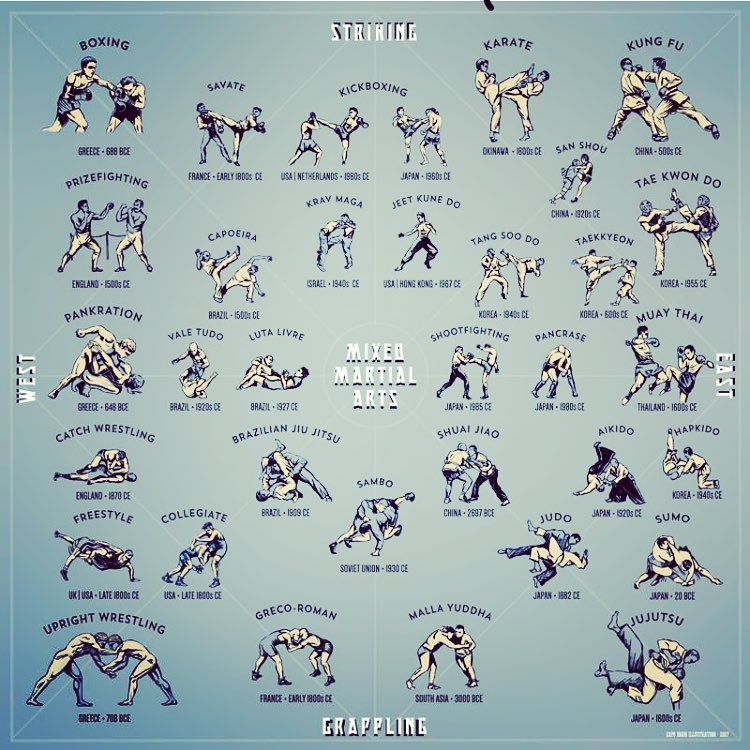Traditional Martial Arts And Modern Combat Sports: A Detailed Review Of Their Unique Differences
Traditional Martial Arts And Modern Combat Sports: A Detailed Review Of Their Unique Differences
Blog Article
Web Content Produce By-McGinnis Finnegan
When you think about martial arts, do you lean extra toward the typical techniques or the contemporary battle sporting activities? Each course supplies special benefits and experiences, shaped by their ideologies and training methods. Conventional martial arts stress personal development and discipline, while contemporary fight sporting activities focus on competition and performance. Comprehending these distinctions can guide you in selecting the right approach for your trip. Yet just how do these distinctions materialize in training and philosophy?
The Viewpoint and Background Behind Standard Martial arts
While many individuals associate martial arts with physical battle, the philosophy and history behind standard martial arts run much deeper. You'll locate that these self-controls emphasize individual growth, technique, and regard.
Stemming from ancient techniques, conventional martial arts were frequently created for Self-Defense and spiritual development. They personify principles such as equilibrium, consistency, and self-control, guiding specialists past simple battling skills.
As you train, you'll not just find out strategies however also obtain understandings into the society and values that formed these arts. The routines and traditions, frequently given with generations, cultivate a feeling of community and belonging.
The Affordable Nature of Modern Fight Sports
Modern fight sports have actually transformed the landscape of martial arts right into a very affordable field, where athletes take on in an examination of ability, technique, and endurance.
You'll discover that competitors are often organized with strict rules and policies, making certain fair game and security. These occasions bring in large target markets, sustaining the enjoyment and intensity of competitions.
Professional athletes train rigorously, not just for physical expertise yet also for psychological sturdiness, understanding that every information counts in the ring. The adrenaline thrill during competitions is apparent, as competitors press their limitations to declare success.
Followers value the athleticism and artistry involved, making contemporary combat sporting activities a thrilling phenomenon that remains to advance and astound fanatics all over the world.
Training Methods and Methods: A Comparative Analysis
The competitive environment of modern battle sports needs ingenious training techniques that differ dramatically from traditional martial arts.
In contemporary training, you'll focus on particular techniques, sparring, and conditioning, frequently utilizing drills that mimic actual battle situations. You'll see an emphasis on quantifiable performance and constant competition to examine your skills.
On will martial arts help me lose weight , standard martial arts prioritize types, katas, and thoughtful mentors, typically stressing discipline and respect over competition.
kung fu adults is typically much less extreme and may entail recurring technique instead of real-time sparring.
While both methods build skill and health and fitness, modern-day fight sporting activities supply a more vibrant and versatile training atmosphere, preparing you for instant challenges in the ring or cage.
https://www.dailycomet.com/story/news/local/2023/02/06/former-students-recall-nicholls-martial-arts-teachers-profound-impact/69858879007/ that lines up with your goals and interests.
Verdict
In choosing between standard martial arts and contemporary combat sporting activities, it really boils down to what you value many. If you're seeking individual growth, technique, and a sense of area, typical arts could be your best fit. However if you flourish on competitors and real-time challenges, modern-day fight sporting activities could be the means to go. Inevitably, both paths offer one-of-a-kind benefits, so it's all about aligning your training with your individual objectives and passions.
